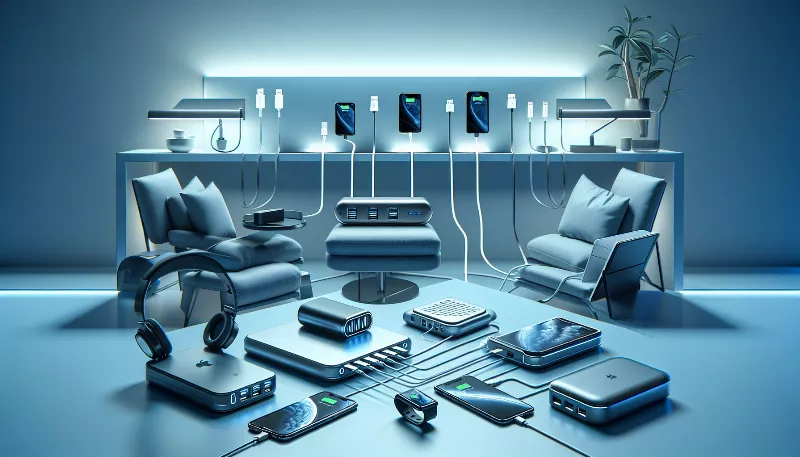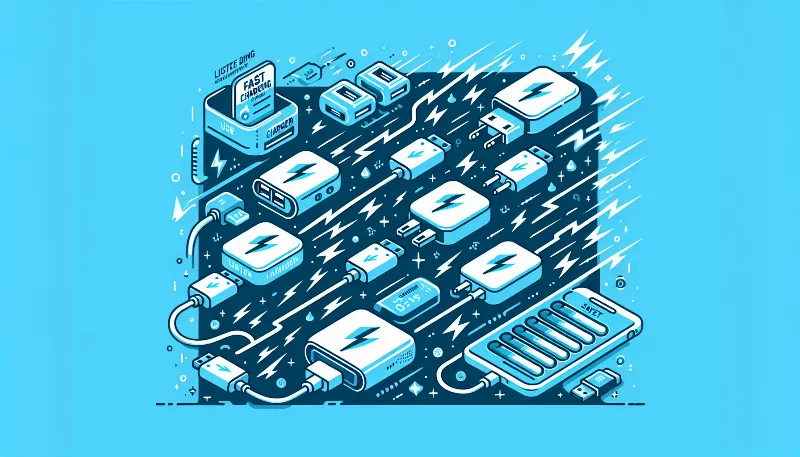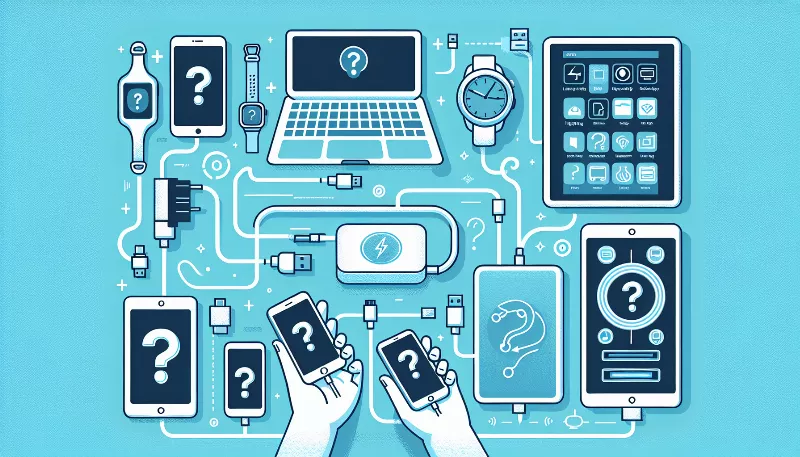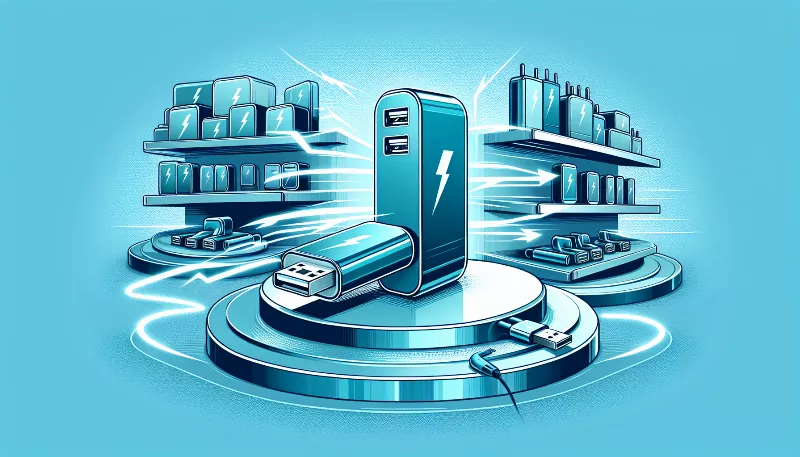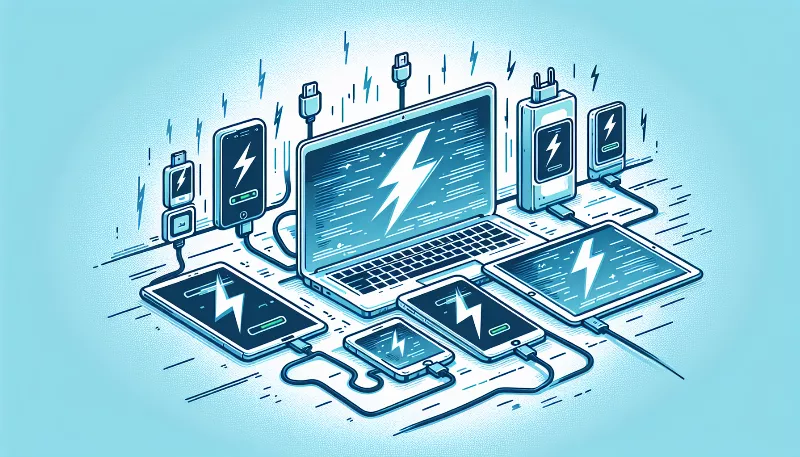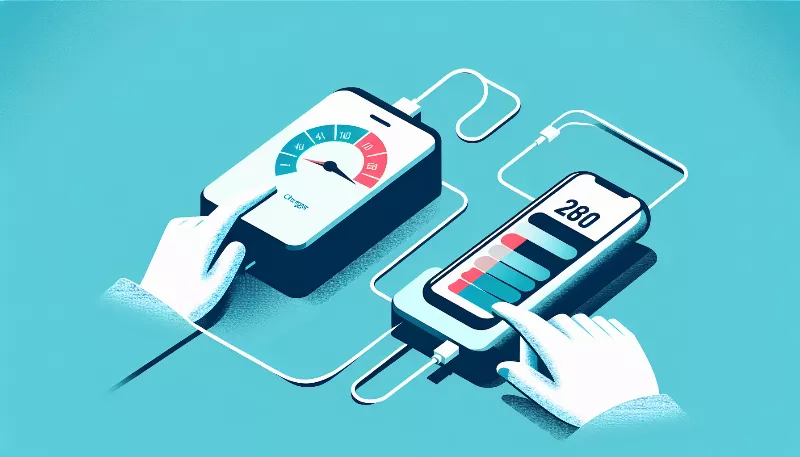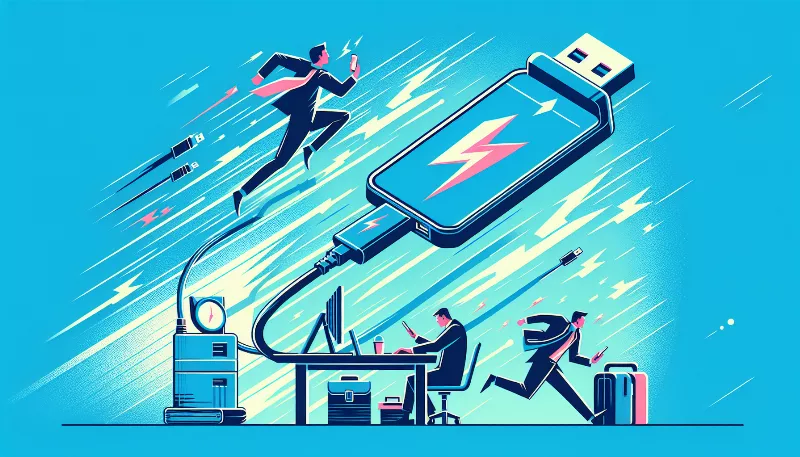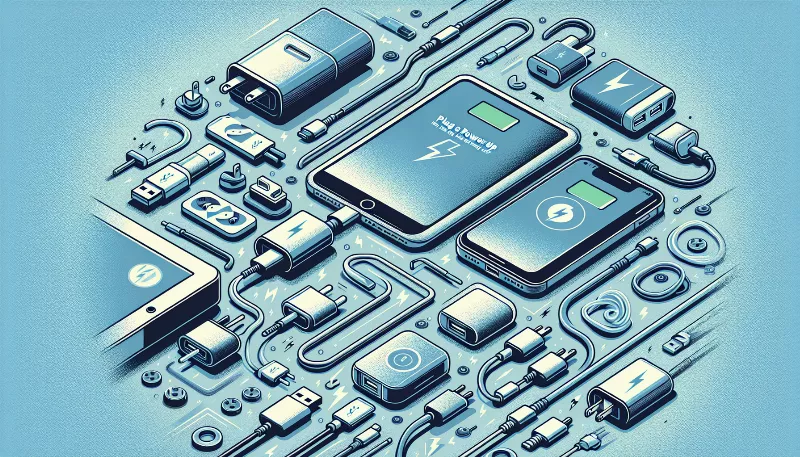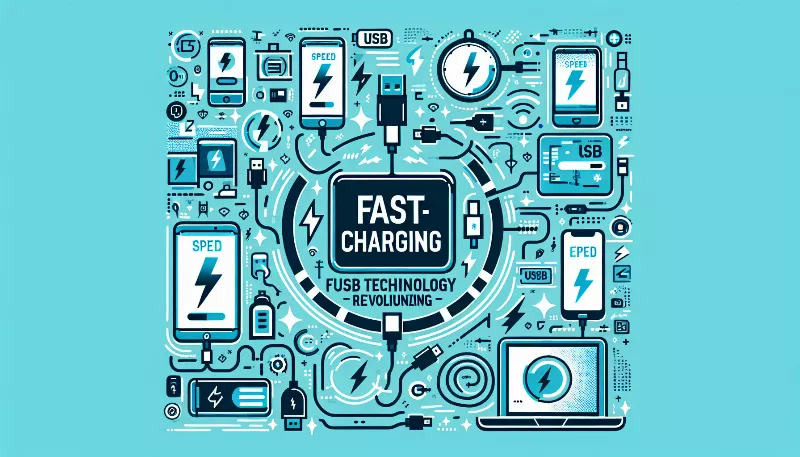What are the main differences between USB-C and USB-A chargers?
Discover the key distinctions between USB-C & USB-A chargers. Learn how they affect charging speed, compatibility & convenience in our expert guide.
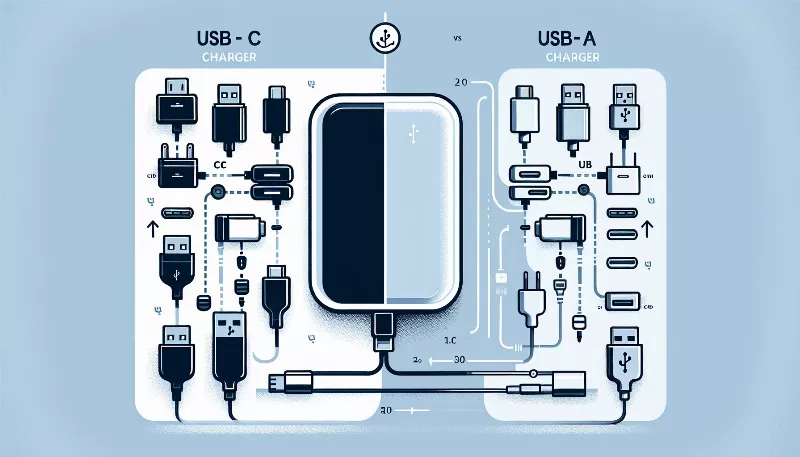
Introduction to USB-C and USB-A
Imagine living in a world where charging your devices is as simple as plugging in a single, versatile cable. That's the promise of USB-C, the latest and greatest in the universe of Universal Serial Bus (USB) technology. But how does it stack up against the tried-and-true USB-A? Let's dive into the electrifying differences between these two connectors and discover why USB-C is quickly becoming the go-to choice for tech enthusiasts everywhere!
The Shape of Things to Come: Connector Design
First off, let's talk about design. USB-A, the original USB connector, is what most people think of when they hear 'USB.' It's flat, rectangular, and only fits one way, which means you've probably tried to plug it in upside down more times than you'd like to admit. In contrast, USB-C boasts a smaller, reversible design. This means no more fumbling around – it connects whether it's flipped up or down, making it a breeze to use in the dark or without looking.
Power and Charging Speed: A Tale of Two Cables
When it comes to power delivery, USB-C is a powerhouse. It supports USB Power Delivery (USB-PD), which can charge your devices much faster than USB-A. With the ability to deliver up to 100 watts of power, USB-C can charge everything from smartphones to laptops with lightning speed. USB-A, on the other hand, typically maxes out at about 2.5 watts, which is fine for smaller gadgets but can't keep up with the demands of larger electronics.
Data Transfer: Speeding into the Future
Speed isn't just limited to charging. USB-C also offers faster data transfer rates. With USB 3.1 and later standards, USB-C can move data at speeds up to 10 Gbps or even 20 Gbps with USB 3.2 and Thunderbolt 3 compatibility. USB-A's transfer speeds are nothing to scoff at, but they're not quite as fast, with USB 3.0 reaching up to 5 Gbps. For transferring large files or streaming high-definition video, USB-C is the clear winner.
Compatibility and Versatility: The Swiss Army Knife of Cables
One of the most exciting aspects of USB-C is its versatility. It's not just for charging and data transfer; it can also carry audio and video signals, allowing you to connect to monitors and other display devices with a single cable. USB-A can't do that on its own and often requires adapters or separate cables. Plus, USB-C is becoming the standard for new devices, meaning you'll be future-proofing your tech collection by adopting it early.
Conclusion: Embracing the Future with USB-C
In the battle of USB-C versus USB-A chargers, USB-C emerges as the clear champion. With its reversible design, superior power delivery, faster data transfer rates, and unmatched versatility, USB-C is not just the future—it's the present. So, embrace the change and join the USB-C revolution. Your gadgets (and your sanity) will thank you!

